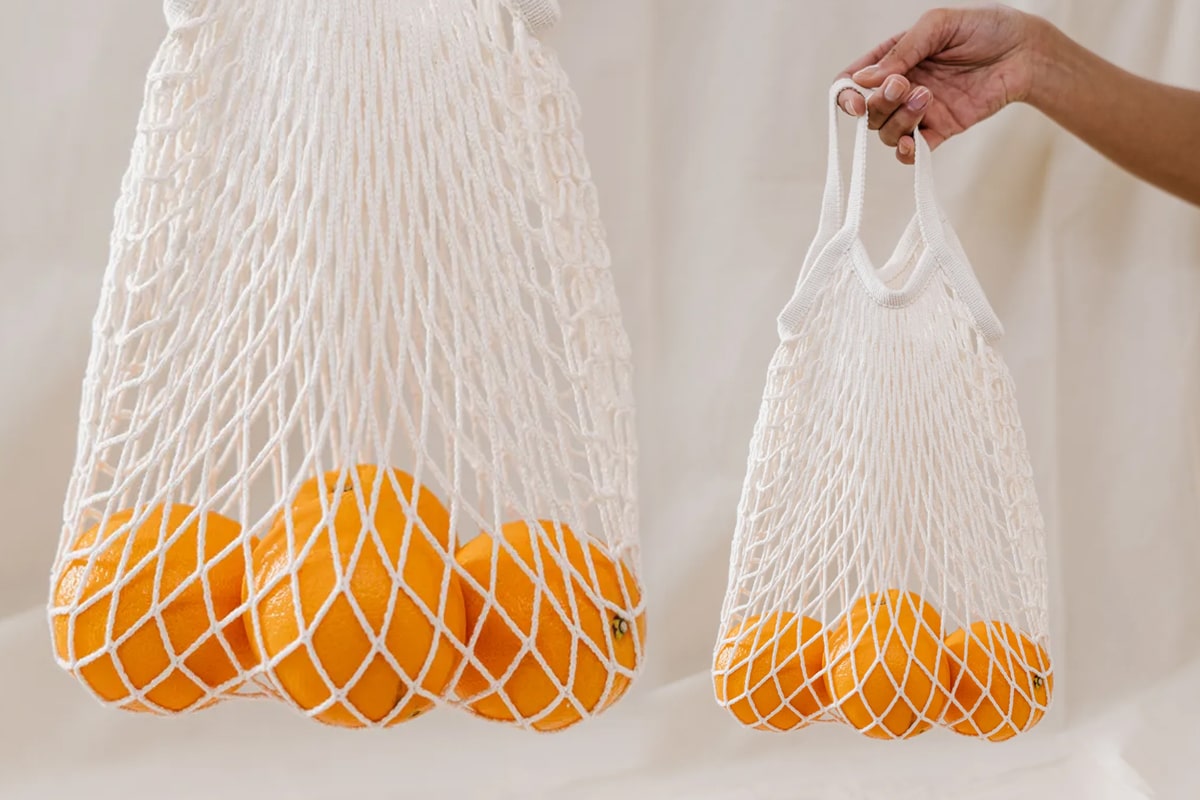- Buy Only What You Need – Focus on gaps in your wardrobe or home, not impulse finds.
- Choose Quality Over Quantity – Look for well-made pieces that will last.
- Upcycle and Repair – Give thrifted items an even longer life through small repairs or creative repurposing.
- Donate Responsibly – Avoid treating thrift stores as a dumping ground; donate items that are clean, functional, and useful.
- Balance with Other Habits – Combine thrifting with practices like reducing consumption, buying sustainable brands, and reusing what you already own.
Thrifting has exploded in popularity in recent years, especially among those seeking a sustainable lifestyle. Buying secondhand clothing and household items is often seen as a step toward eco-friendly living, but is thrifting truly sustainable—or is it just another trend?
The answer isn’t simple. Thrifting comes with both benefits and drawbacks. To help you make informed choices, let’s dive into the pros and cons of thrifting when it comes to sustainability.
Why Thrifting Is Considered Sustainable

Thrifting is often celebrated as an eco-conscious alternative to fast fashion and overconsumption. Here’s why:
1. Extends the Life of Products
Every time you buy a secondhand item, you give it a new life. This keeps clothes, furniture, and household goods out of landfills and reduces overall waste.
2. Reduces Demand for Fast Fashion

Fast fashion is notorious for poor labor practices and its negative impact on the environment. By thrifting, you lower demand for cheap, mass-produced clothing, indirectly supporting sustainable living.
3. Conserves Resources
Producing new clothing requires water, energy, and raw materials. Thrifting allows you to skip that resource-intensive production cycle. For example, it takes over 700 gallons of water to produce a single cotton shirt—buying secondhand avoids this waste.
4. Encourages Mindful Consumption
Thrifting promotes intentional buying. You’re less likely to impulse-shop because each thrift store item is unique, encouraging a more thoughtful and eco-friendly lifestyle.
The Downsides of Thrifting
While thrifting has many benefits, it’s not without problems. Some challenges include:
1. Overconsumption Still Happens
Just because it’s secondhand doesn’t mean it’s automatically sustainable. Some shoppers treat thrift stores as a treasure hunt, buying far more than they need. Overconsumption, even secondhand, still strains resources.
2. Gentrification of Thrift Stores

As thrifting becomes trendy, prices in some stores rise. This can make secondhand shopping less accessible to lower-income communities who rely on affordable thrift options.
3. Fast Fashion Still Ends Up in Thrift Stores
Many items in thrift shops are still low-quality fast fashion pieces. While thrifting saves them from immediate landfill disposal, their short lifespan often leads to eventual waste.
4. Transportation Footprint
If you’re thrifting often, especially driving long distances to multiple stores, the carbon footprint from travel may offset some of the sustainability benefits.
How to Make Thrifting More Sustainable

Thrifting can be sustainable if approached with the right mindset. Here’s how to maximize its eco-friendly potential:
The Bottom Line: Is Thrifting Really Sustainable?
Thrifting can absolutely support a sustainable lifestyle when done with intention. It reduces waste, extends product life cycles, and helps push back against the harmful impacts of fast fashion.
However, it’s not a cure-all. Overconsumption, rising prices, and quality concerns mean thrifting isn’t automatically sustainable. Like most eco-friendly practices, its impact depends on how mindfully you approach it.
If your goal is sustainable living, thrifting is a powerful tool—but it works best when paired with conscious consumption, reducing waste, and making thoughtful choices.





